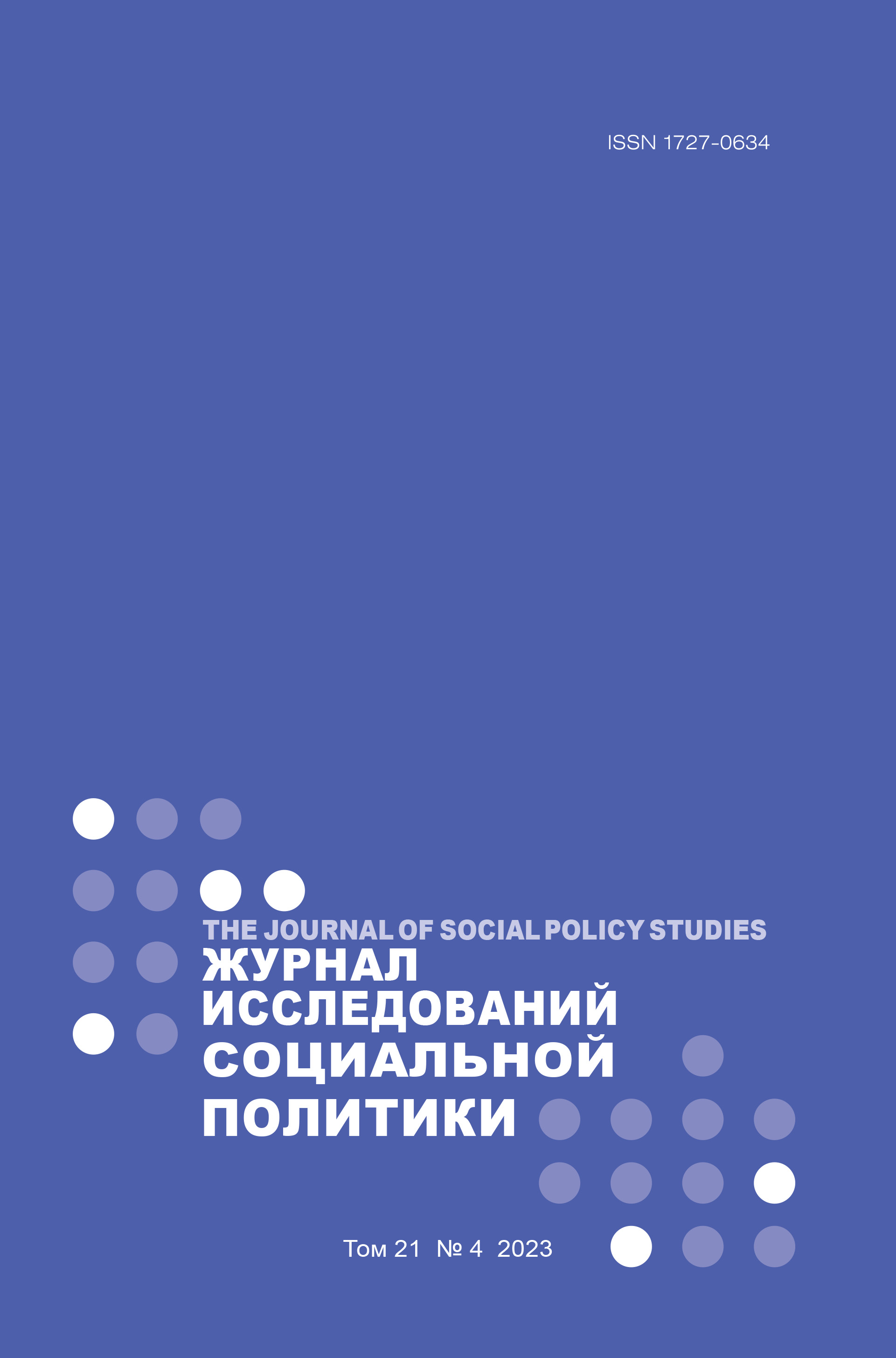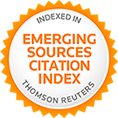Twice Poor: Those Who Lack Both Time and Money
Abstract
Lack of free time can be a serious constraint to the development of identity for adults and children, to the well-being of families and their members, and to inclusive participation in economic and social life. The combination of a lack of monetary income and a lack of free time is an even more serious barrier to inclusion, which motivates the identification of multidimensional poverty in terms of time and income. Using microdata from the Sample Observation of the use of the daily fund of time by the population in 2019 of Rosstat, the authors use the clustering method to identify socio-demographic groups of Russian households with a lack of free time, as well as simultaneously with a lack of income and free time. In this study, free time is defined as time spent on leisure (reading books, internet, hobbies, sports), education, religious practices, community service, and helping other households (volunteering). These activities describe a person’s free time in a broad sense, i. e. taking into account all types of human development activities. The study determines the level and profile of one-dimensional time or income poverty of households using different methods. Four approaches are discussed in detail: setting the income poverty threshold at 50 % of the median income in the sample; setting the time poverty threshold at 50 % of the median available free time; setting the time poverty threshold at 150 % of paid working hours; and setting the time poverty threshold at 300 % of paid working hours to identify extreme poverty. The level and profile of multidimensional household poverty, which takes into account both time and income, is determined in the study using two approaches. According to the first method, a household is considered poor if both income and free time per household member are less than 50 % of the sample median value. According to the second method, a household is considered poor if the income per household member is less than 50 % of the median value and the paid work time exceeds 150 % of the median value. The paper identifies five socio-demographic household types that describe different levels of poverty by income and lack of free time. It identifies target groups and levels of double poverty to develop social policies, reduce poverty, and increase opportunities for inclusion.















